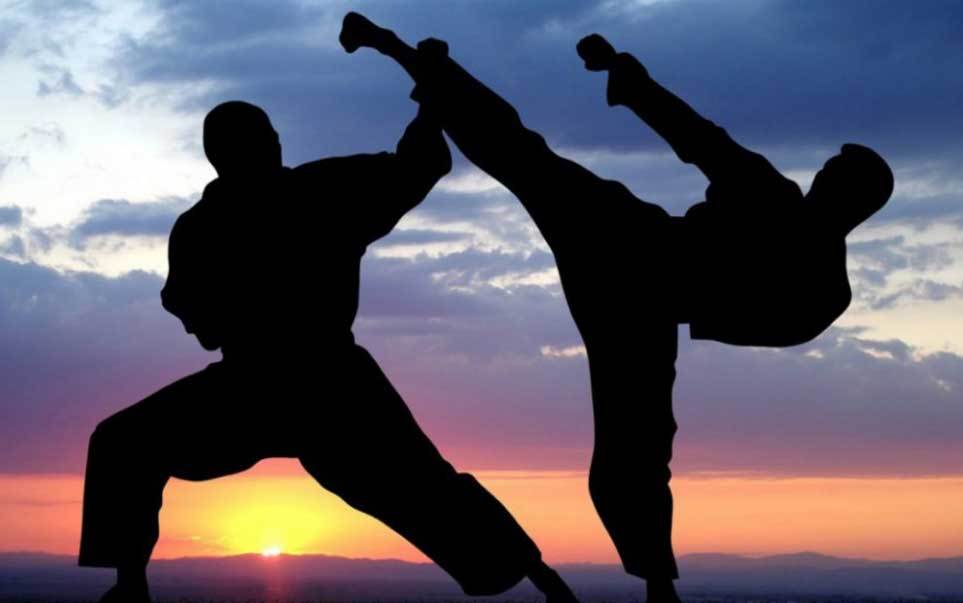
Martial Arts Belt Grading
As a student of martial arts, you have probably heard the story of martial arts belt grading. There were only two types of belts in the beginning: black and white. Students who were new to the program started with a white belt that was never washed. It was stained by sweat and tears. Your belt will get darker the more skilled you are at a particular style. Then, you can earn a black belt to represent your level of mastery.
Blue belt
The green belt is the first belt in martial arts. It is the seed breaking through the ground and growing. The second and the third levels are similar. These belts represent learning technical skills, developing body and mind, and a gradual growth toward black and purple. This stage allows students to focus on advanced footwork and techniques. They can also aim for the black belt and pursue a higher level in study.
Green belt
Before testing for a green martial arts belt, you will need to complete 40 hours of classroom learning. This means completing all recommended reading material and teaching the required warm-ups before each class. There are strict classroom attendance requirements. These classes must also be attended at least once per week for green belt students. Students pursuing high-level greenbelt status must attend two classes per semaine. For more information, see our green belt curriculum. Here are some tips that will help you become a green belt.
Purple belt
Once you have completed your brown or blue belts, you are ready to move on to the next level. The Purple Belt is your next step. This rank is for intermediate adults and requires years of dedication. Purple belts are considered experts in the martial arts and have a high level knowledge. This level is usually attained by a practitioner after four to five years of training. Those who have spent similar amounts of time training would often be ranked black belts.
Belt in red and white
The color of a Martial Arts belt is a sign of the practitioner’s training. Many students begin with a white belt and progress to a black one after several years of study. Students may change the color of their belts from time to time. As they move through their training, their belt color will also change. Each color represents an individual’s level of experience or progression.
Orange belt
A green or orange belt in martial arts is a step above black. It is the improvement of fundamentals and the development of new skills. It takes approximately 10-12 months for a person to move from orange to green belt. The requirements and training time for the green and yellow belts is different. Below are the requirements for moving from orange to green. In order to advance to green, you must train as an orange belt for six months and show progress in applying moves. You will also be tested on your decision-making skills and awareness of the match.
Shinkyokushin yellow belt
Shinkyokushin Karate’s yellow belt is an intermediate level of training. This belt emphasizes the psychological aspect of karate training as well as the balance of mind and body. Students are introduced at the beginning to multiple strikes, pinan si ni kata, as well as the low roundhouse kick. Students are required to use the new techniques they learn as they move up the ranks. To reach this level of the belt, one must have a lot mental and physical training.
Shinkyokushin green belt
The first step in the Shinkyokushin karate belt system is to become a black belt. This belt is a prerequisite for the next. However, the path to the black belt is not the same. To become a Black Belt, you need to first earn a Second-degree Black Belt. Once you have achieved this, you will be ready to take on the next level. You will need to learn new kata and defend yourself in kumite matches. You must train karate for at minimum three years to attain this rank.
Shinkyokushin orange belt
The first test for a Shinkyokushin orange belt involves fighting. The test requires you to fight multiple opponents, each for one minute. A white belt will fight four opponents, while an orange belt will fight five. Senior members will have many more. If you can defeat an opponent, you’ll score more points. You’ll have fun activities and two camping trips during this stage.

